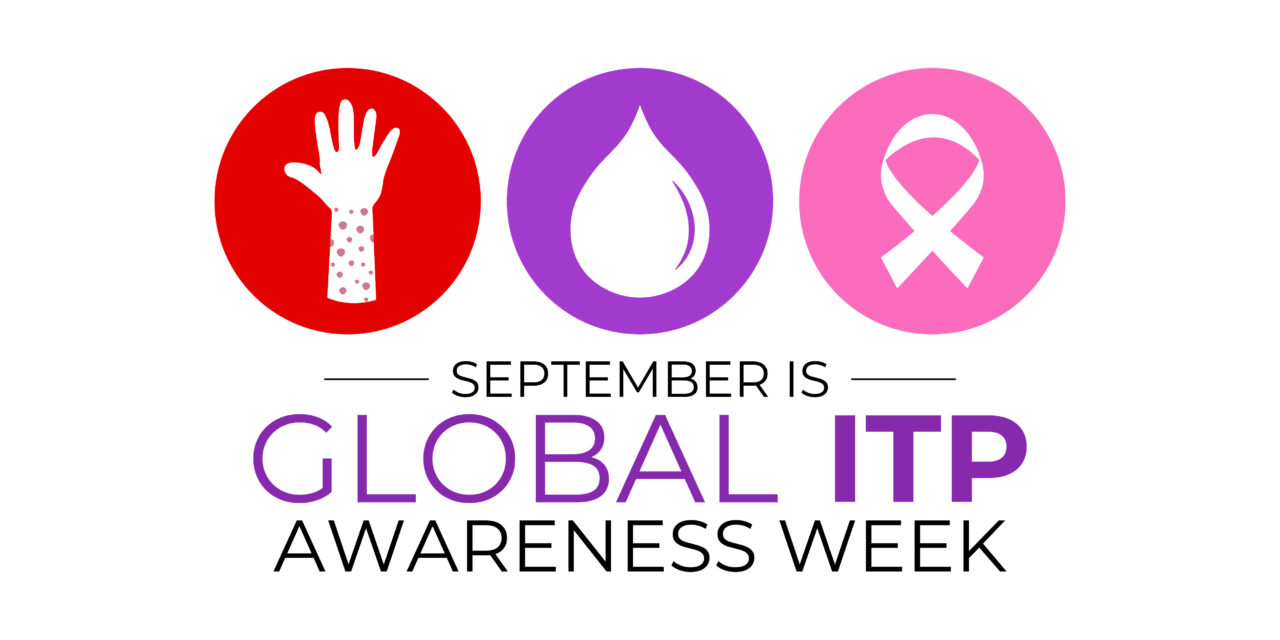What is Immune Thrombocytopenia (ITP)?

According to the National Institutes of Health, immune thrombocytopenia (ITP) is a platelet disorder characterized by a lower-than-normal platelet count. Platelets are tiny cells that play a vital role in blood clotting, and a low count makes it hard for the body to stop bleeding. ITP occurs when the immune system mistakenly attacks and destroys its platelets. Here are some key points, courtesy of the Mayo Clinic.
Triggers:
While the exact cause is often unknown, viral or bacterial infections, certain medications, and other autoimmune disorders like lupus can sometimes trigger ITP.
Symptoms:
Symptoms may include easy bruising, tiny red spots under the skin, nosebleeds, bleeding gums, and heavy menstrual bleeding. In severe cases, bleeding can happen internally, including in the brain, which can be life-threatening.
Acute and chronic forms:
ITP can be acute, with symptoms often following a viral infection and resolving within 6 months, mainly affecting children. It can also be chronic, lasting for years and more commonly affecting adults.
Diagnosis:
ITP is often identified by ruling out other causes of low platelet count, with blood tests and sometimes bone marrow exams used for confirmation.
Treatment:
Treatment options vary depending on the severity of symptoms and platelet count, and may include observation, corticosteroids, intravenous immunoglobulin (IVIG), medications that stimulate platelet production, or in some cases, surgical removal of the spleen. Individuals with ITP should avoid aspirin, ibuprofen, and warfarin, as these medications can interfere with platelet function and clotting.
ITP is not a blood cancer.
Although it can be a challenging condition, especially if symptoms persist or are severe, most people with ITP can manage it and live for decades after their diagnosis. The Platelet Disorder Support Association provides resources and support for individuals with ITP and their families.











